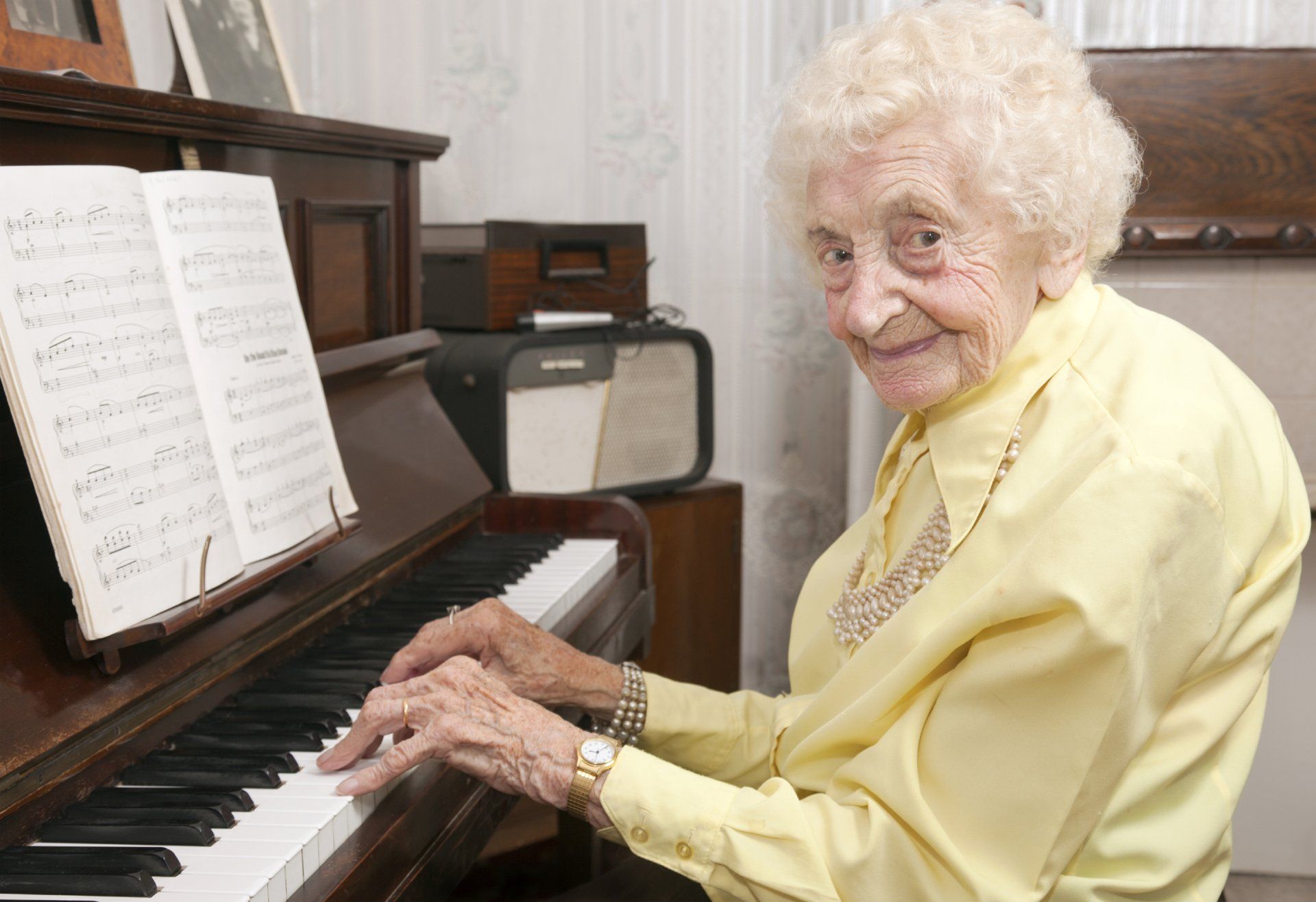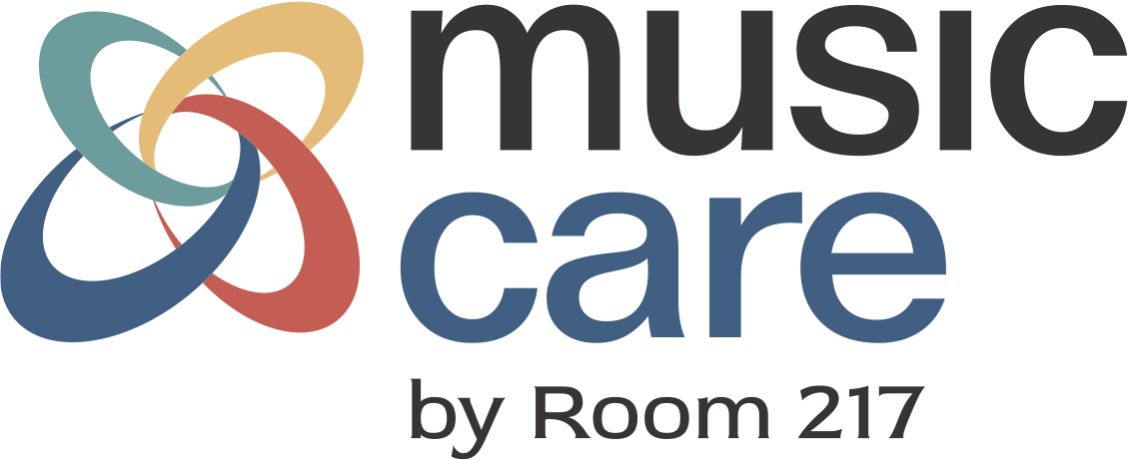Grief & Bereavement
MUSIC CARE WEBINARS
Blogs

I undertook the MUSIC CARE Certification program when I had journeyed through caring for my mother with Alzheimer’s. It was during my training, I learned how music works in terms of timbre, melody and rhythm and beat, music care domains and music care strategies. It helped me to support mom as the disease progressed. I continued to certify through Music Care and then I had the joy of teaching others the level 1 program Fundamentals of Music Care Theory and Context . I have loved coming alongside others in Long Term Care and using music to support giving voice of what is within one’s life, preventing isolation and loneliness, creating community. I enjoyed all it all. Then, I found myself once again in the Emergency Room with Tim, (my family member) as we were helping him home in his palliative journey. My “outside life” took a back seat and my inside hospital life began. Tim’s was failing and he was no longer able to open his mouth and swallow to obtain nutrient’s due to Parkinson’s . We tried various types of foods, textures and flavours, however, opening his mouth and swallowing remained inaccessible. Tim loved Glen Campbell and Rhinestone Cowboy . When he was a young man, he would repeated play this song until the LP was worn through. He was given a new Glen Campbell CD at Christmas and the song was welcomed back into our lives. There I was ,in my new environment on the tenth floor of the hospital, playing Rhinestone Cowboy. Tim sang along. He actually sang along! He moved his mouth, swallowed and sang along. We were able to get pureed food into his body. Later, the disease continued to ravage his body and Rhinestone Cowboy helped us connected with other such as the speech language pathologist, doctors, cleaning staff and nurses. We sang and danced together with the music and Tim smiled. He knew he was part of a community who loved him. As we knew the end was coming, I played music with a simple melody, 60 beats per minute and soft timbre on my harp to support Tim as he fell into sleep. Near the end, I used tonal music in simple phrases to support calmness matching his breath. Tim passed peacefully and gentle. Today, at his funeral our last song “Rhinestone Cowboy”. After hearing the importance of this song, all the people present joined in singing to honour the village of Tim that so lovingly cared for him. Music Care training has become a natural rhythm in my life to use with aging and sick family members, supporting young children’s learning and providing self-care when I was tired after intense caregiving.
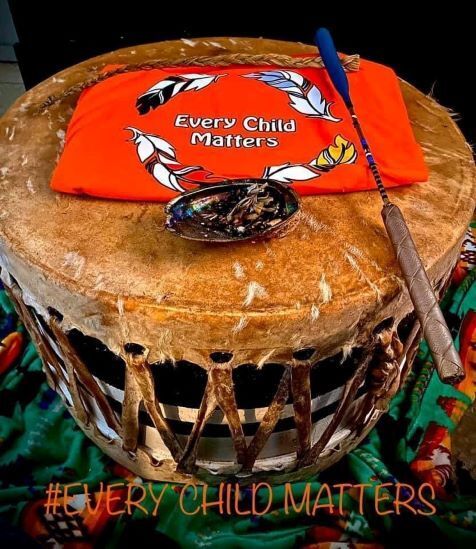
Music is a convergence of notes, that vibrate with an energy that is connective and communicative with a power that transcends languages, culture and knowledge with a sublime beauty that can bring you to tears and to your feet to shout and dance in revelatory joy. One of the purest expressions of the human spirit that moves us collectively perhaps like no other art form that exists in the world. Picture the world holding candles and singing Imagine together to come together and heal after a tragic event, a couple dancing again to their wedding song fifty years later that are transported back to that very moment, in its feel and sublime beauty, a child, hearing his mother’s heartbeat that echoes through its body like a pow wow drum waking them to the wonder of the world and life. The extraordinary capacity of music to waken an elderly person from the tragic dormancy of dementia and enable them to sing every word, because it lives in the strongest part of their memory, their deepest and most profound connection to the glory, splendor and travails of life. Music is universally acclaimed to possess an almost supernatural, hypnotic allure that is steeped in folklore and legend, Robert Johnson selling his soul at the crossroads in a deal with the devil that gave him his incredible talent, the voodoo rituals of Haiti that crossed into New Orleans and it’s Cajun rhythms of the South, the music from Africa that travelled on slave ships and grew from the field hollers to gospel, blues and country and rock and roll that changed the world. In the complexity of Jazz and classical music we marvel at the convergence of harmonic notes and melody that speak to the very wonder of the universe itself. When we look back to our ethnographic roots, we find music in ritual and ceremony, steeped in traditions that supersede our modern understanding of 4/4 time and pop song simplicity and live deeply within us reminding us of our innate capacity to feel and be human. Ancient cultures wove music into the fabric of their lives that was beyond mere entertainment, but a reflection of life itself, celebrating birth, death, marriage, harvest, disaster and triumph. It was born of simple movements, a foot stomp, a clap, a shout to the heavens, shared with the love and depth of feeling that comes from ritual. This same depth of feeling we see in a Baptist Church or on the fields of a Pow Wow. The cry of the Pow Wow singer is like a thousand years of history, generations of families and stories intertwined around the rhythmic cadence that grips your heart and soul in a warm embrace. When I hear the sound of many hands in unison pounding the massive drum with all of their strength as if every hit is cleansing their very being, it is as if the entire Earth has moved. Perhaps it has, for this drum is a gift from the Earth mother and is blessed with the wisdom and love of the creator. In every chant I hear a voice from the past, loved ones come and gone, family circling around, warmth and love and acceptance of every frail part of humanity, glorious and broken. For that is love, a part of us that may have been in front of us our entire lives but perhaps obscured by doubt and fear. It is love that sets us free in that moment of acceptance of every part of ourselves. This is the healing. What we search for and hope for and what this most ancient of traditions offers if we will accept it, power, grace, beauty, hope and wonder at the majesty of life. This year when we gather for healing and remembrance on Sep.30 th , let us open our hearts to the healing power of tradition, open our minds to the beauty of culture, and grow together in this truth, so that we can work towards reconciliation and contribute willingly to the Indigenous resurgence that is a responsibility of citizenship and a moral obligation to humanity.
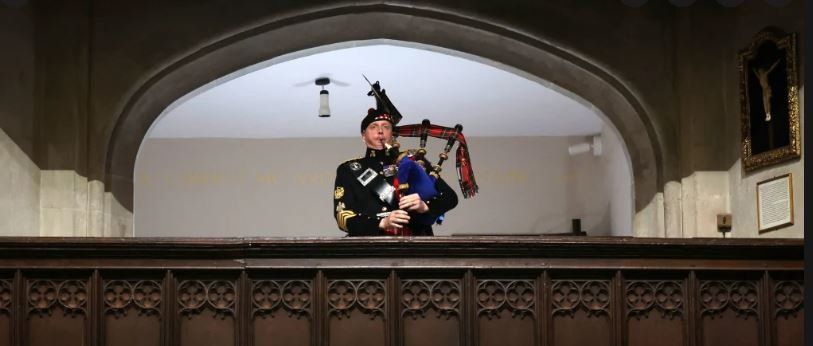
Yesterday, I joined with millions around the world, and watched the final good-bye to Queen Elizabeth II . I was deeply moved by the simplicity of the services at Westminster Abbey and St. George’s Chapel . Sure, there was the pageantry I expected from the Brits and the Anglican tradition. What I didn’t expect, and what continues to resound in me, is the silence that defined much of the mourning soundscape. Crowds in the streets were reverently silent. The church goers entered and held themselves in a quiet reverence. There was the 2 minutes of silence that was planned. And then there was the piper, the queen’s private piper, whose drones and melodic strains of the lament, Sleep, Dearie Sleep , faded into silence. While the music of the hymns, the solemn beats of the marches, the last post and the rich timbres of the pipe organs connected us in our grief, for me, it was the silence that was most poignant. Sometimes silence can be uncomfortable. It didn’t feel like that for me. The silence was a musical pause in the pageantry and commemoration for reflection and collective mindfulness, a pause from content. This pause of silence allowed me to look around and take in with wonder and gratitude, all that was unfolding in the Anglican ritual, the intentional planning, the message and spirit of a remarkable life – it gave me time to breathe and remember. Rituals of mourning are often intentional and hold their liturgies and traditions. For example, cremation and sprinkling ashes, shiva, 40 th day celebration, special meals, prayers, wailing, celebrations of life and keening – all have their religious and cultural histories and hold personal meaning for the mourners. Music plays a significant role in many of these mourning rituals. It appears so does silence. May we not be afraid and embrace the good things that come from silence in the soundscape of mourning.

The impact of COVID in care settings, specifically Long-Term Care, has been monumental with social programming being set aside for safety protocols and PPE. Although the movement to a more medical model of care makes sense from a safety lens, we are now realizing the devastating effect this has had on residents as they express helplessness, loneliness, isolation, and boredom. In December 2021, Patient Ombudsman, Craig Thompson, was interviewed about the recent report entitled “Honouring Voices and Experiences, Long-Term Care Home Survey” where he suggests hiring more Recreation Therapists to offset the impact of restrictions. Elaine, an 85-year-old woman with dementia was quoted as saying ‘I just wish someone would dance with me.’ She acknowledges that her physical needs were taken care of as she was clothed and fed, but her greatest desire was for someone to stop and dance with her. The music care approach has been taught for over 16 years by Room 217. Our Level 2 Music Care Training talks about the 5 human domains being spiritual, cognitive, emotional, physical, and biological and how music works to meet needs in all areas. Recreation Therapists are trained to understand mental, physical, psychological, social, and spiritual domains of residents and develop programs providing care based on the needs of residents. When music is used by Recreation Therapists, the outcome is better quality of life for all, staff included. Our upcoming Masterclass is open to anyone with Level 2 or 3 Music Care Training, and all LEARN and CERTIFY members. On August 18th, we will be hosting a Dance Therapist and Teacher, Katherine Mandolidis of Ballet Edmonton who will walk us through a series of music and movement that can be added as an everyday wellness routine or break. Join us for music, movement and conversation and let’s bring some light back into the lives of those that need the music most. In the meantime, let’s all seek inspiration from the viral video of Marta Cinta Gonzalez, a former ballet dancer living with Alzheimer’s, come to life when she hears the music of Swan Lake. Watch video Link to report noted in blog: https://www.trontario.org/files/Advocacy/TRO-LTC-Commission-Submission-Nov-2020.pdf
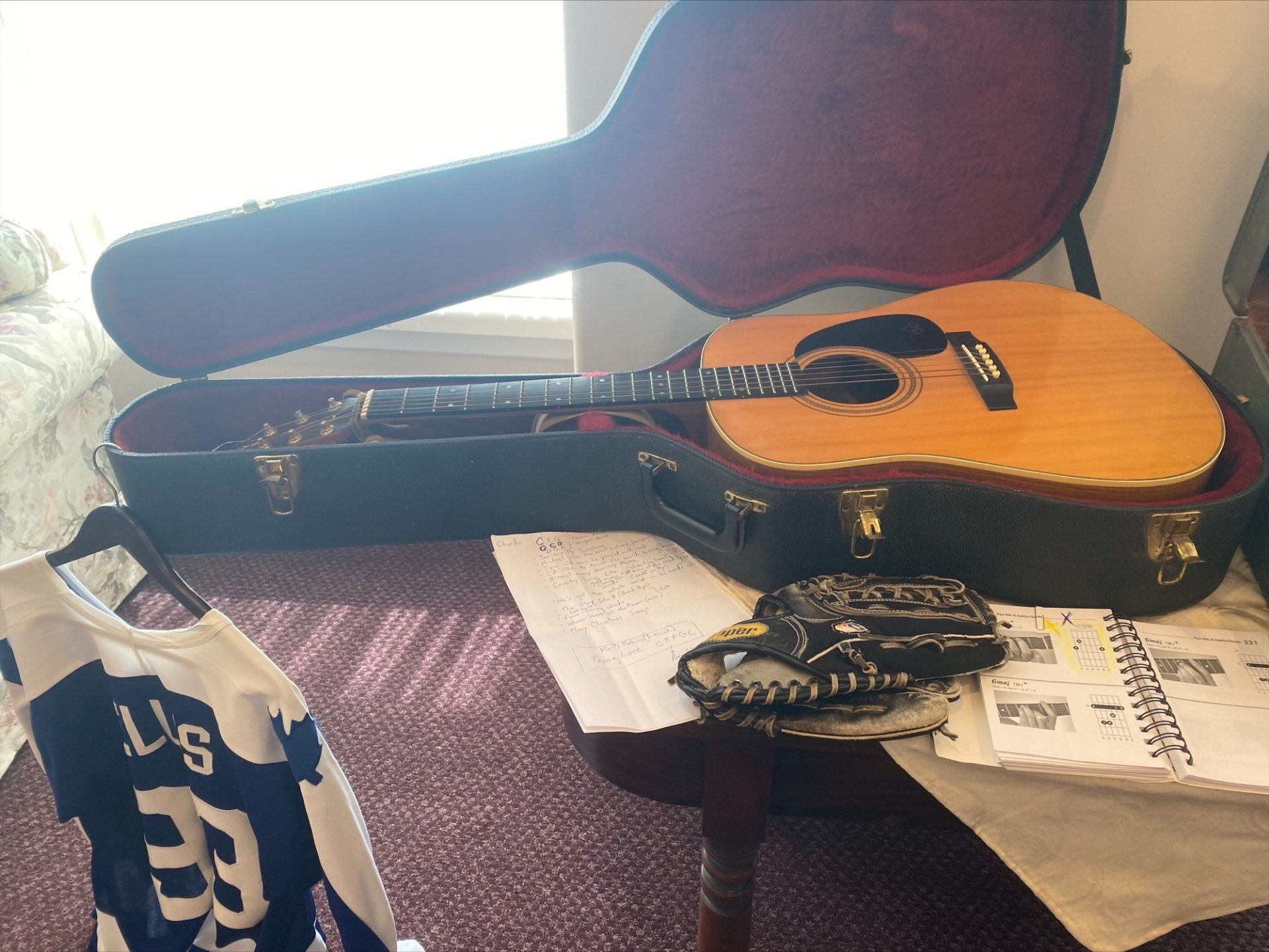
This past week I attended and played music for the passing of a close family member after a brief illness. As I entered the funeral home, I was drawn to a table beside some pictures and mementos that included a sports jersey, baseball glove, guitar, and accordion. It was a loving tribute to a person that wore many hats in life. Although Allen Ellis was known around the community as an active and skilled athlete, those fortunate to have a closer window into his life knew about his passion for music and a good old-fashioned tune. As I approached the table, I noticed a hand-written songlist written on a piece of blank paper that really captured my heart. There it was, in his own writing, a song list that he had created. The titles, penned very carefully, were crafted with thought and purpose. I couldn’t help but wonder why these titles were selected. What was the connecting thread between them? Did they hold special memories for him or were they selected because they were old favourites that were easily played? Perhaps it was a bit of both... Once I started scrolling the list, I carefully placed these songs within my own experiences and soon realized that this was probably his best campfire playlist. I couldn’t help but smile to myself as I pictured him once again, full of life, singing a few of these tunes with family and friends joining in. Although there were many predictable titles on this list, a few surprised me and unlocked a way of knowing him that I hadn’t experienced before. As I glanced down at the playlist, I was reminded of a field trip I was on with high school students at the Rock and Roll Hall of Fame in Cleveland. What struck me most as I toured the exhibits were the handwritten song lyrics on hotel scratch pads, napkins, coasters, and cigarette packages. Having a window into the birthplace of famous tunes, penned in original handwriting, allowed me to imagine how the magic unfolded in those moments of creativity. I took one last glance at Allen’s playlist and went home and celebrated him by listening to a few of his old favourite tunes, grateful for the connection music brings to our lives.

